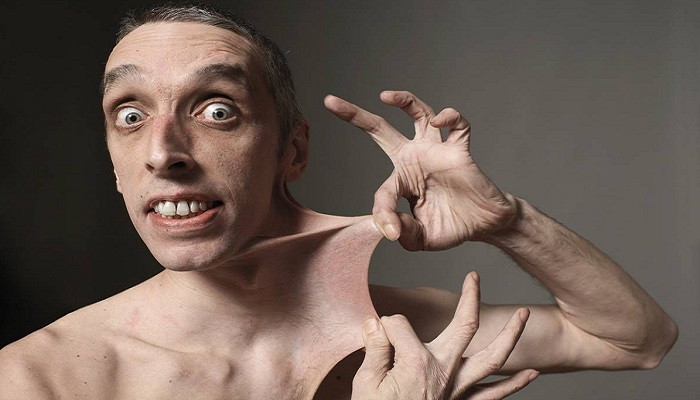MJ Demonstrates High Effectiveness in Ehlers-Danlos Syndrome Therapy
A new study published last week in the latest issue of the American Society of Geneticists journal shows that people suffering from Ehlers-Danlos syndrome (EDS) often use MJ or plant extracts to manage symptoms of the disease, particularly muscle pain and discomfort. Specifically, according to this study, which focused exclusively on data from the United States, nearly one-third of all people officially diagnosed with EDS use MJ and plant extracts to treat their symptoms.
The public organization NORML, which highlighted this research, also shared some details, noting that about 37% of all patients in the U.S. regularly use MJ to manage their symptoms, thanks to its notable pain-relieving and anti-inflammatory effects. “Moreover, when patients were asked about the most effective treatment method in their personal experience, the vast majority singled out MJ among all traditional and alternative therapies,” the organization’s blog reports.
What Is Ehlers-Danlos Syndrome?
According to the U.S. National Institutes of Health, Ehlers-Danlos syndrome is “a group of closely related disorders that affect the structure of the body’s connective tissues, including the skin, bones, blood vessels, joints, and related organs.” The disease can manifest in various forms, ranging from “a source of chronic inflammation, pain, and risk of joint dislocation” in milder cases, to life-threatening complications in more severe cases. The main signs of EDS are increased flexibility and mobility of the joints, as well as highly elastic skin, making patients more prone to fractures, bruising, and swelling.
It is estimated that EDS affects about 1 in every 5,000 people worldwide.
Study Details and Findings
This study was conducted and published with financial support from the Center for Innovative Design and Analysis at Colorado State University. More than 500 U.S. residents diagnosed with Ehlers-Danlos syndrome or the related Hallervorden-Spatz disease participated in the survey, which asked about both official and alternative treatment methods they use. The survey paid special attention to non-standard therapies, including traditional Chinese medicine, various forms of herbal therapy, and the use of MJ and plant extracts.
“Overall, the most common official treatment for EDS is the use of nonsteroidal anti-inflammatory drugs (NSAIDs), combined with physical therapy and regular use of painkillers such as acetaminophen (Tylenol) and opioid analgesics, as reported by 70-92% of respondents (using all steps of the protocol either fully or partially),” the study states. “According to respondents, the most effective ways to manage pain and inflammation associated with EDS are physical therapy combined with medications and opioid painkillers. About 10-24% of respondents noted high effectiveness of MJ or plant extracts in modulating pain and inflammation during standardized treatment cycles. At the same time, about 56% of respondents reported very high effectiveness of MJ in managing these symptoms when used as an additional treatment. Most of these respondents said they use such medications at home, outside of standard medical protocols, and mostly without special permission from their doctor.”
Legal and Medical Considerations
Regarding this last point, NORML notes that although some U.S. states—specifically Illinois, Connecticut, and New Hampshire—allow the use of MJ and plant extracts to treat symptoms of Ehlers-Danlos syndrome and similar conditions, in practice, doctors rarely grant patients permission for such therapy, citing a lack of sufficient evidence supporting its effectiveness.
Future Prospects
It is possible that more information about the use of cannabinoids in treating such conditions will appear in specialized publications in the future, especially as reforms expand to allow doctors to recommend MJ for pain and inflammation management rather than for specific diseases. The effects of cannabinoids on EDS symptoms remain understudied due to the relative rarity of the condition and the lack of resources and special permits for more in-depth, targeted research.



